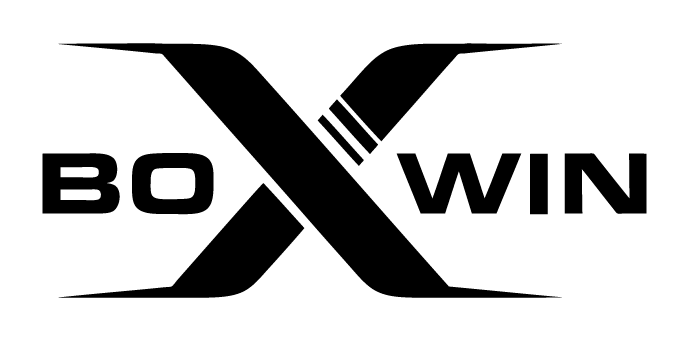Neuroboxing
Let your hidden side express itself and you will know what it means to be yourself.
Aristide Martin
Neuroboxing
This boxing training course, created by Aristide Martin, uses tests to reveal your natural strengths to help you develop a powerful and flexible boxing style. After establishing your natural guard, you'll discover another, complementary one. A new way to evolve in the exciting world of boxing and tap into your highest potential.
Extremely useful for high-level competition, this method is also useful for beginners to learn the basics. The teaching is individualized for better mastery of different boxing techniques as well as a significant increase in performance.
In short, analyzing the connections between your neurons and your body increases your physical and mental performance.
Neuroboxing
combines the power of the mind with that of the body.
"Natural custody"
The tests that allow it to be defined
1. Air & Terre
The first test reveals what type of ground support the boxer should adopt. The rest of the natural guard is built on this basis.
It allows us to know whether the boxer should move on the forefoot with a more "aerial" boxing or with his feet flat, firmly anchored in the ground. The gain in stability, responsiveness and punching power is impressive.
2. Cible & Multiple
This second test indicates how the boxer should approach the fight and his opponent to be effective. Some perform better when they target a specific point to act, such as their opponent's chin, while others, on the contrary, have an easier time when they maintain a global field of vision.
It also allows you to know whether the boxer should favor rhythmic series or precise blows.
3. Peripheral Vision & Executive Eye
We'll define the peripheral vision eye using a test that shows that responsiveness differs from one eye to the other. This aspect plays a key role in positioning relative to the opponent. By being more responsive in blocking and dodging, the boxer will be able to avoid many blows by positioning himself on the right side and also deliver his own better.
The directional eye can be different from the peripheral eye. It is found using another test well known to those who practice archery. This eye allows us to target the opponent precisely and indicates the direction in which we must orient ourselves. It is fixed regardless of his guard, unlike the peripheral vision eye, which changes at the same time as the guard.
4. The arms
With this test, we will see whether the boxer should maintain a compact guard, that is, the arms in contact with the body, or a wide guard, keeping space between his arms and his body. The technique for blocking punches also changes depending on the type of guard the boxer has.
5. The shoulder
Now we can determine which shoulder should remain in front when boxing in natural guard. We can also determine how the boxer should position himself in relation to his opponent. While keeping one shoulder in front of the other, some will be more comfortable in profile while others will prefer the front position. Changing the front shoulder results in a transition from natural guard to complementary guard and vice versa.
6.The Strike
This sixth test confirms the grip of the hands, either in pronation or supination. It allows us to know which hand position is most effective for striking and which blows to favor. It also tells us which part of the hand to use to block and/or ward off blows optimally.
7. Fire & Water
This test tells us what boxing to express in the broadest sense of the term.
Should the boxer fire his punches, and/or the action first? The expression "to fire" is a good example.
Should he, on the contrary, adapt to his opponent by encouraging him to box first and then express his boxing? Like water flowing over matter, taking on its shape.
8. Power & Support Leg
This test is about knowing which leg delivers the most powerful blows. This leg is called the power leg. It changes when we move from the natural guard to the complementary guard. Thus, the most powerful blows vary depending on the boxer's guard.
The support leg, as its name suggests, is used to support oneself during movement to enable one to quickly reposition oneself on one's power leg and deliver one's blows effectively.




